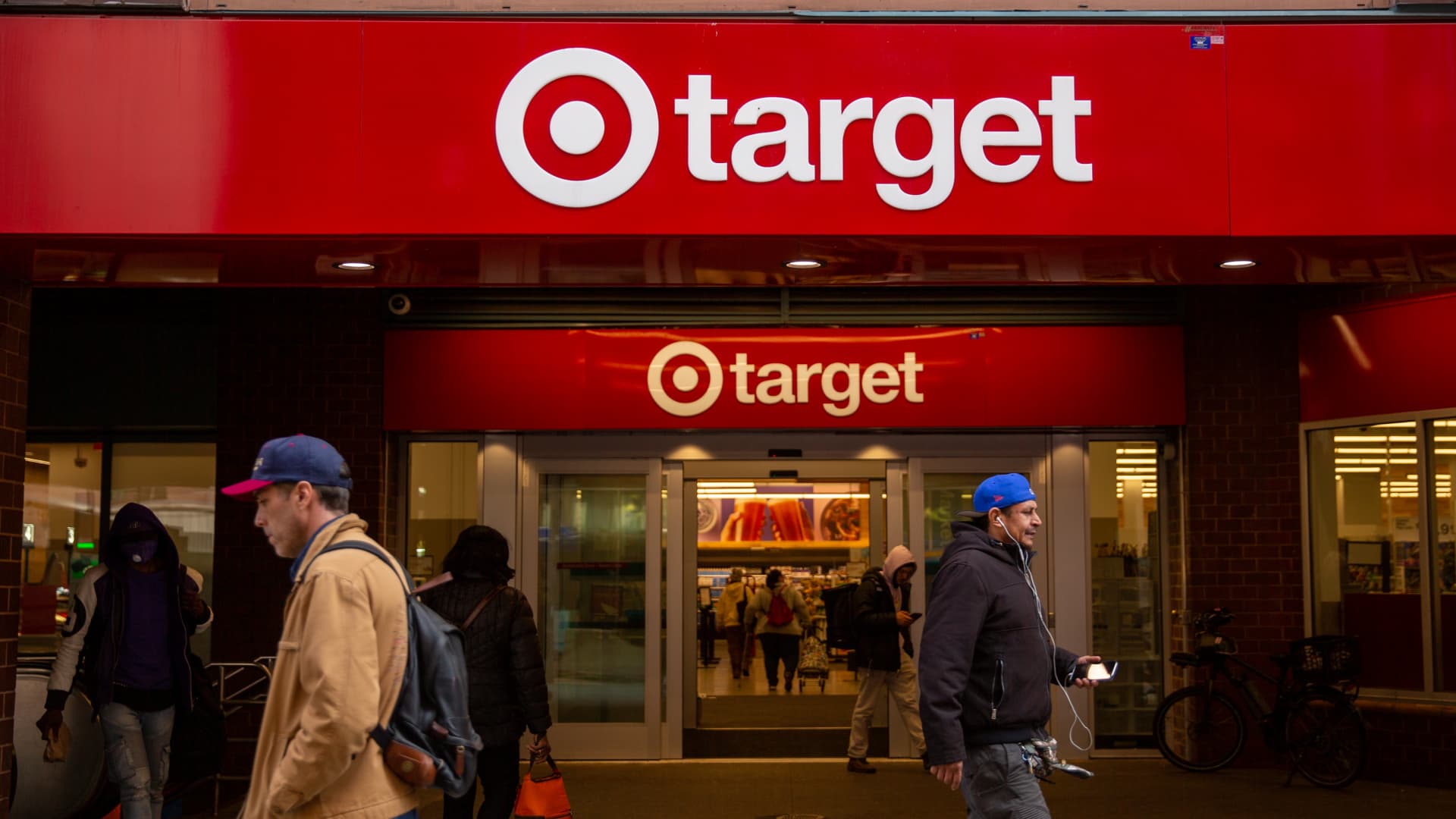Target on Tuesday said it will launch a paid membership program next month, riffing off the playbook of its rivals Amazon and Walmart.
The subscription-based program, Target Circle 360, will launch in early April and cost $99 per year. Target will offer a discounted rate of $49 per year as part of a promotion from its launch through May 18, then continue to offer the lower price to its credit card holders after that. The program will include unlimited free same-day delivery for orders over $35 in as little as one hour with no delivery fees and two free-day shipping, along with other perks.
Target is turning to the new revenue stream as it tries to boost weaker sales. Its fiscal fourth-quarter earnings and revenue reported Tuesday beat Wall Street’s expectations, but its comparable sales have declined three quarters in a row. Target shares jumped 12% on Tuesday as the retailer showed progress in improving profits and unveiled the subscription.
With the move, the company is also following in the footsteps of retailers that have turned membership fees into a moneymaker and a sales driver. It is unclear how many people could sign up for the paid tier. The free Target Circle has more than 100 million members, according to the company.
In an interview with CNBC, CEO Brian Cornell said the paid membership program will encourage customers to place more online orders with Target. He said the company’s market research has shown that customers value delivery to their homes, even as they use curbside pickup more frequently.
“There’s a guest who’s looking for the ease and convenience of having something brought right to their home — in some cases, within an hour —and we just want to elevate the awareness that we can do that,” he said.
Home deliveries will be powered by Shipt, a membership-based company that Target acquired in 2017 for $550 million. Similar to other gig-economy companies like DoorDash, the business relies on independent contractors who retrieve purchases and get them to customers’ doors.
By taking away delivery fees, Target could use the membership program to rev up its e-commerce business. Digital sales have declined every quarter for the past year, and dropped 0.7% year over year in the fiscal fourth quarter.
Along with launching the paid membership program, Target is taking other steps to keep shoppers coming back. It is relaunching its free Target Circle loyalty program and credit card, Sylvester said. Target Circle, which debuted in 2019, will become easier to use and more personalized. For example, members who belong to the free program will have discounts automatically applied rather than having to scan through deals on the app, she said.
Target’s Circle card takes an extra 5% off customers’ purchases, includes free two-day shipping and allows extra time to make returns. The card was previously known as Target RedCard.
Sylvester said the company is looking at a wide range of potential benefits to sweeten the membership offer and increase subscriber numbers.
Target is turning to its competitors’ playbook for a reason: Memberships have boosted business for retailers like Amazon.
Amazon launched its Prime program in 2005, with perks like free two-day delivery and streaming of popular movies and original TV shows. It costs $139 per year or $14.99 per month, with the video membership-only option of $8.99 per month.
Amazon does not frequently share Prime membership totals. The company had more than 200 million members of Prime across the globe in early 2021, according to a final letter to shareholders written by former CEO Jeff Bezos.
Walmart launched its program, called Walmart+, in 2020. It costs $98 per year or $12.95 per month, with perks like free shipping, free grocery deliveries for orders of at least $35 and gas discounts.
Walmart has not said how many people subscribe to Walmart+, but its CFO, John David Rainey, said on the company’s earnings call in February that its membership continues to grow by double-digit percentages.
Walmart CEO Doug McMillon told investors on the company’s earnings call in February that Walmart+ members spend nearly twice as much as nonmembers and buy more over the course of a year.
Don’t miss these stories from CNBC PRO:
- Instead of chasing Nvidia, investor buys these misunderstood, cheap growth stocks for big returns
- Why Warren Buffett thinks the power of compound interest is the key to his success
- Forget cash — it’s time to move into fixed income, Franklin Templeton strategist says
- Dan Niles reveals why he prefers the ‘Fantastic Four’ and when the ‘AI bubble’ might pop
- Investors should tread carefully in March after bitcoin’s explosive rally to $60,000
